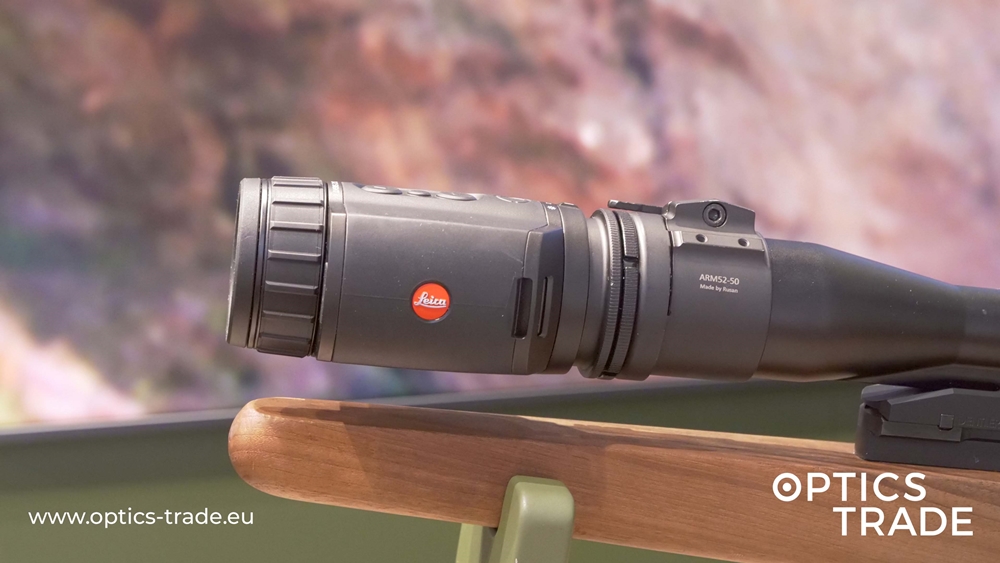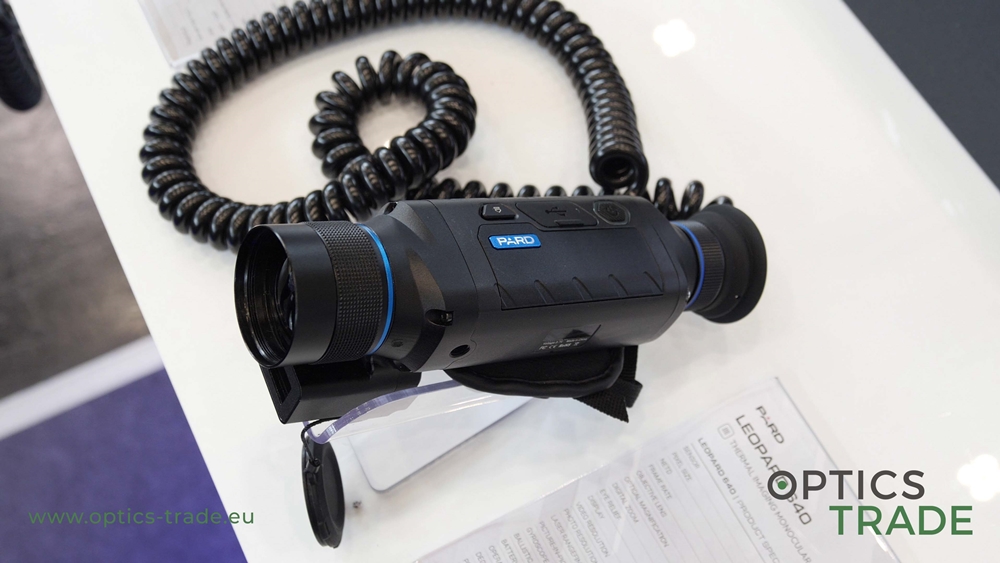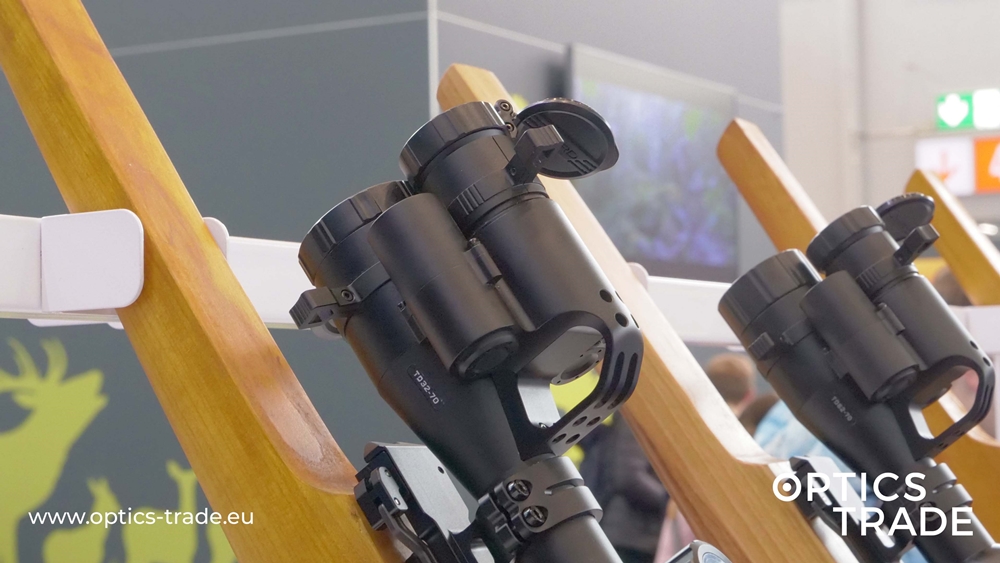Hello and welcome to yet another episode of Optics Trade Debates. Today, we are going to talk about the differences between Helion XP50 and Helion 2 XP50 – a series of popular Thermal Monoculars made by Pulsar.
We are going to start off with a little bit of history behind the series. To begin, Pulsar made its breakthrough with Thermal Optics. Their most successful Thermal Imaging scopes in the past were Quantums. In 2017, they replaced them with Helions. It was immediately known that they hit the gold mine. The device was very well-made and everything was well thought out. They began with four models: XQ19, XQ28, XQ38, and XQ50.
Then, they made additional three models with XP sensors: XP28, XP38, and XP50. Now, coming into the second generation, they narrowed down the model line. They already discontinued the 18 and 28 models before the second generation came out, but now they have plans to only produce the XP50, – which is already on the market – the XP38, XQ50, and the XQ38.
The bigger models were generally more popular among customers; people mostly bought smaller models only if the bigger ones were not available. They bought the 38 models for the wider field of view, and the 50 models for better details.
What are the differences between the first and second generations? If we look at the housing, the only difference is the color of the power button. The shape was popular and well-made, so it remained the same.
One of the more important differences in the sensor – it has been improved. A feature that has been improved is called the NETD (Noise Equivalent Temperature Difference). The old models had the NETD of 60 millikelvins, whereas the new models have the NETD of 40 millikelvins. This means that they are capable of detecting smaller temperature differences. It is a huge improvement.
When on the field, especially in harsh conditions such as rain and fog, you see how many more details the Generation 2 picks up. The Generation 1 needs at least 60 millikelvins of difference between two objects in their temperatures to be able to detect that they are not of the same temperature. Generation 2 only needs 40 millikelvins, and you are able to see many more details and get a much better image quality.
What about the price difference? The first XP50 model cost €4100, and the second model now costs €3600. That is what is interesting with Pulsar – their prices always go down. That is why it is really difficult to be their competitor and keep up with the upgrades, as well as the prices.
The software upgrades are also something that needs to be mentioned. The old models have had three upgrades in the past. The last, as well as the biggest one, is called Image Boost – it changed how these devices work. The newer models have not received any software upgrades yet, but they surely will.
If you are still an owner of the first Helion XP50 you do not have an outdated device, as they are still upgrading it, and the image quality is still extremely good.
We hope we mentioned everything, thank you for watching. If you have any additional questions, make sure to leave a comment below. You can check out our other videos, and we will see you in our next debate. Goodbye.
Products mentioned in the Pulsar Helion XP50 VS Pulsar Helion 2 XP50 debate:
Pulsar Helion 2 XP50 Thermal Imaging Monocular: https://www.optics-trade.eu/en/pulsar-helion-2-xp50-thermal-imaging-monocular.html
Pulsar Helion 2 Thermal Monoculars: https://www.optics-trade.eu/en/manufacturer-pulsar/termo_monoculars_series-pulsar_helion_2.html
Follow us on social media:
Facebook: https://www.facebook.com/OpticsTrade/
Instagram: https://www.instagram.com/opticstrade.hunting/
Blog: http://optics-info.com/
Flickr: https://www.flickr.com/photos/opticstrade/albums
Pinterest: https://www.pinterest.co.uk/opticstradeeu/
LinkedIn: https://www.linkedin.com/company/optics-trade




